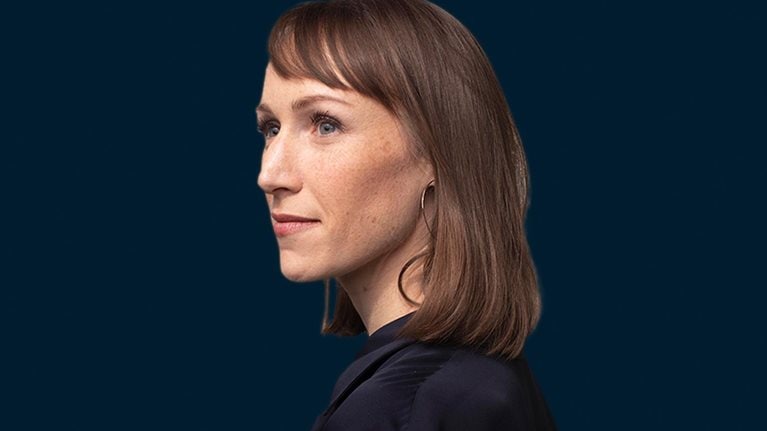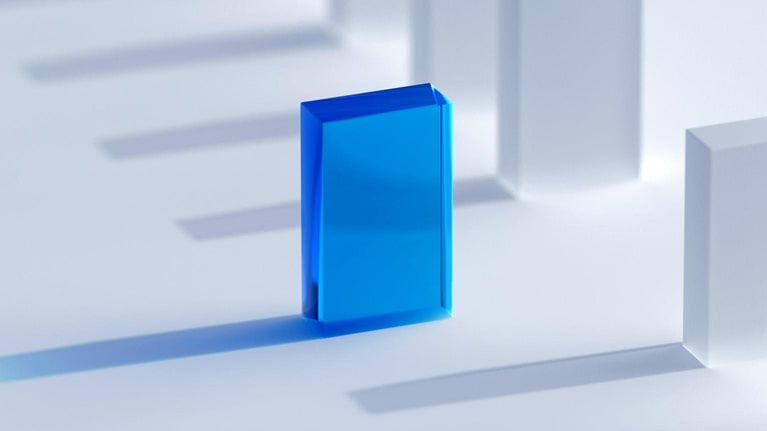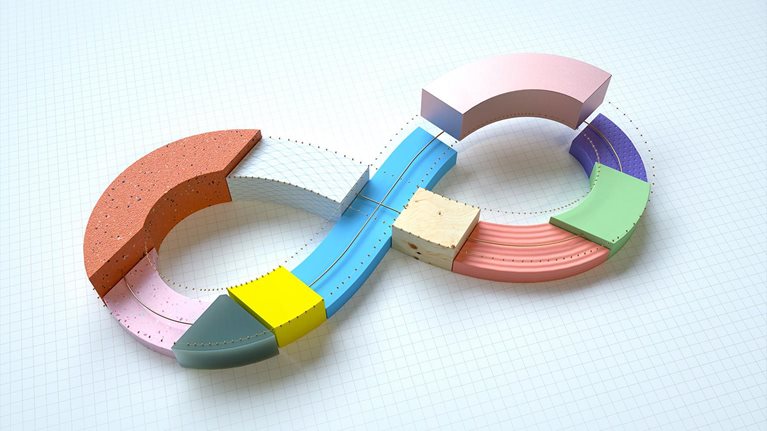In this episode of McKinsey on Building Products, a podcast dedicated to the exploration of software product management and engineering, McKinsey partner Rikki Singh speaks to Gokul Rajaram, board member of Coinbase and Pinterest. Throughout his long career, Rajaram has helped design, test, and build products for some of the largest technology companies in the world, including Google, Facebook (before it was Meta), and Square. In this conversation, Singh and Rajaram discuss best practices for product thinking, how to foster and accelerate innovation, and how curiosity can reap great rewards. An edited version of their conversation follows.
Product thinking and why it matters
Rikki Singh: How do you define product thinking, and why is it important?
Gokul Rajaram: Anyone who has interviewed at a company has encountered product thinking; it also can be called product sense. It’s essentially the process of building a product to create customer value while driving business value. For example, more than a decade ago, a team at Facebook was looking into user retention. They wanted users to continue to use Facebook after their first experience. The team found that connecting a new user to their friends added value because it gave users content in their feed. It also added value to Facebook because it helped keep users engaged. When they launched the friend feature, it dramatically improved user engagement.
Product thinking is important because any company working on creating new products knows that finding product–market fit is the most important way to scale. The main reason a product fails is because it doesn’t solve a real customer problem or meet customer needs. The customer’s pain point is X, but the company ends up shipping Y. It happens constantly. The way to avoid this surprisingly common mistake is to bridge the gap between customer pain points or needs and business value, which can be achieved through product thinking.
Product thinking is also applicable in ongoing product development. Say you have a product that has already launched and has customers. What should you build next? The best products are simple—they have a few features excellently put together. Product thinking helps companies figure out which features to cut and which to add to create the next best thing. I consider product thinking a skill, not an instinct, so it can be developed over time.
Rikki Singh: What is considered good product thinking? How did you sharpen your product sense over time?
Gokul Rajaram: One way to sharpen it is to obsess over the customer problem, not over the solution. Most people focus too much on the solution and how to build it; they don’t live the customer problem enough. As part of a product team, you need to talk to customers every week—and not about the product you’re building. Interview them in an open-ended way. Ask them to tell you stories about their experience in relation to the outcome your team is responsible for. You need to love the problem. When I was at Google, for instance, I used to lurk on forums because we were serving a lot of bloggers and webmasters, and these forums were the best way to get in touch with them.
Another way to sharpen your product sense is by developing the skill of articulating and testing hypotheses around customer behavior. A feature is valuable if it changes customer behavior in some way, ideally in a way that benefits both the consumer and the company. So learn to create hypotheses on how features will change customer behavior, then test them in lightweight ways. Once a hypothesis is proven, then your engineering team can build out the feature.
For example, at Square, we once aimed to increase the number of orders for the food delivery service Caviar, specifically the number of orders from repeat users. We found out that most users ordered the same thing regularly. To improve the repeat-order rate, we hypothesized that we could make a feature that made it easy for users to find the previous order and reorder it with one click. To test our hypothesis, we sent hundreds of users daily emails that summarized the orders they placed and assessed if they would place another order based on those.
Rikki Singh: In a B2B or software-as-a-service scenario, would the approach be different? Are there nuances one should be mindful of when approaching a large buyer and not a direct consumer?
Gokul Rajaram: It’s the same approach. Buyers are ultimately people—what they want is people to hear them out and learn what their pain points are. It’s important to approach them in an open-ended way and listen to understand their story and what they were trying to accomplish. It’s also important to approach different types of customers. They could be potential customers, customers who have churned, or loyal customers—any ideal customer profile that you’re targeting for your product.

McKinsey on Building Products
Customer discovery
Rikki Singh: How do you go about synthesizing customer feedback and determining which problems to address?
Gokul Rajaram: Sometimes I record customer answers and have my team listen to them unedited, so my biases don’t influence their insights. Customer discovery is generative: it generates opportunities and reveals customer needs and pain points. Hypothesis testing is evaluative: once you know the problem, you have to figure out how to solve it. First, of course, is figuring out which of these pain points are most important to the customer and most valuable to the business. Once you rank the pain points, then you can do the hypothesis testing and compare different approaches. It’s important to have a diverse team that can come up with different approaches to the same need.
Rikki Singh: Is there an approach you use to rank pain points?
Gokul Rajaram: Ranking pain points is a combination of considering what problem customers report the most and determining which problem we can solve in a differentiated way. In other words, which of these pain points is a valuable problem to solve? Otherwise, you can solve problems that have no business value.
Rikki Singh: What data points do you use to quantify business value?
Gokul Rajaram: Every team has certain metrics they center business value on. For example, the team that’s focused on retention will be thinking about features that will improve retention. Hopefully, this team has been working together for a while and they have a sense of which problems should be fixed to improve retention. An acquisition team might have a different set of pain points that they prioritize. So the business value derives from the outcome that the team is trying to optimize for.
Rikki Singh: Since you started your career, has product thinking evolved or have the definition and approaches stayed the same?
Gokul Rajaram: The definition of product thinking has stayed the same, but four things have changed: the role of data, the role of design, the notion of hypothesis testing, and the role of community.
In terms of data, when I was working at Google, Google Analytics, as in-depth as it is now, didn’t exist, so we didn't have any easy way to understand what customers needed. Today, there are many tools you can use to assess consumer behavior. In addition, 20 years ago, design played a role, but it wasn’t as prominent as it is today, especially with customer-facing products. You’d see specs that were 20 pages long without a single design in them. Now, at several companies, the spec is a design itself. So the role of design has massively changed—and for the better.
What’s more, when I started my career, A/B testing tools were not well developed. In general, we would ship something and then wait and see what happened rather than testing in lightweight ways. There also was no social media or tools like it that you could read online, so access to the community has changed.
Testing a hypothesis
Rikki Singh: How does a product leader or a product manager create a strong vision and generate excitement around it?
Gokul Rajaram: My preferred way is through what I call “the product narrative.” A product narrative is a design-driven exercise that shows how your target customer will use your product in different situations throughout several years. It helps paint a picture of a holistic ecosystem centered on a product but through the eyes of the customer. People remember stories and beautiful images more than information, so the design is important.
Rikki Singh: That links to your point about empathizing with customers’ pain points. Once you set that vision, how do you accelerate innovation?
Gokul Rajaram: One way is to make sure the team size is not too large. If a team is too large, the ownership of who is working on what becomes harder to understand, which leads to a lack of productivity. If you find the team becoming too large, divide it into smaller teams, and divide the mission into two smaller missions that are crisp and complement each other. Being cross-functional will help to bring in diverse perspectives while maintaining small teams.
A second way is through weekly reports from each team that outline learnings. Start with goals. What are the outcomes we’re focusing on this quarter? How are we tracking against them? What did we learn through customer discovery or through experiments over the past week? How can we build on these learnings? What do we want to learn next week? Having a weekly report like that from every team will help track progress and encourage finding new answers to problems.
Rikki Singh:How do you test innovative ideas?
Gokul Rajaram: It’s important to test a hypothesis without an actual product. The goal is to learn what customers want, even directionally, so that you can choose between a couple of different solutions. There are three ways I’ve seen companies do it. One is called “smoke testing,” which is popular among start-ups. Smoke testing involves creating a landing page through a no-code tool, then driving ads to it to see which ones customers engage with the most.
The second way is concierge. Concierge shows the value of a product manually. Today, one of the most popular forms of this technique is concierge onboarding. One email productivity company, for example, doesn’t allow customers to sign up directly. Instead, they set up a 30-minute session with a concierge onboarder. Why? Because they want to show customers the value. Within 30 minutes, they can set a very clear goal—get to inbox zero—and accomplish it. They’ve seen a dramatic change in retention curves for customers, and they’ve figured out how to take more things off the concierge onboarder’s plate and build them into the product. The concierge onboard taught them about the problems customers were facing, so they could build a product around it.
I call the third one “The Wizard of Oz.” In this technique, the customer doesn’t know there is a person in the middle. A good example is a company called Aardvark. Aardvark was a search engine that used real people instead of software to answer questions. They wanted to see what kinds of questions people asked and whether people came back if their question was answered. So Aardvark gained insights through real interactions.
Curiosity and product thinking
Rikki Singh:What advice would you give someone who has just started a company?
Gokul Rajaram: Don’t design for scale. Many companies build a monolith and then decompose it after several years. So do not overdesign for scale too early. Start with a simple system, then make changes. The main advantage a start-up has is its speed. Your iteration time needs to be one or two orders of magnitude faster than the large company that you’re competing with. You should run six experiments a quarter at least and learn how to improve from every experiment. Don’t let your ideas germinate in your head for too long. Take an idea and have it meet the market in some way. You’ll learn a lot—much more than if you just whiteboard ideas.
Also, as a product person, be curious. When I started at Google, I was working on a product called Google Syndication. At 6 p.m., when people went home for the day, I’d wander the offices. After about a month, I came across four or five engineers who were working on something. I asked about it, found it interesting, and asked if I could be a project manager for them. Syndication became my day job, and this was my night job. I talked to customers, did presentations with them, and ultimately helped contribute to what became Google AdSense. Most of the good things that have happened to me have been a result of being curious and being open to serendipity. Many people make the mistake of being laser-focused on what they do and only what they do. You have to meet people outside of what you do, share ideas, have good conversations, learn, and be curious. Great things will happen.


